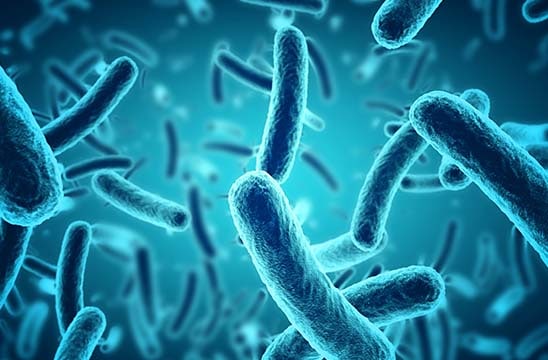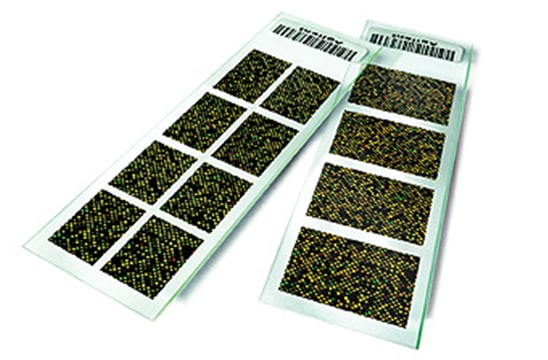The recent pandemic has shined a global spotlight on infectious diseases and the need to identify and understand a host of microbes and pathogens.

Friends and foes
Ever since the first microbes were identified by microscopy in the 17th century, we have learned just how involved microbes are in the regulation of physical environments and living things, both beneficial and harmful.
There are many methods – including traditional cultures, and more recently metagenomic-based technologies – that are able to detect microbes. But none until now could screen large numbers of samples for broad microbial content so quickly, easily, and economically.
The ability to screen thousands of viruses and pathogenic microbes
Dr. Erle Robertson and his team of researchers at the Perelman School of Medicine, University of Pennsylvania, recently updated PathoChip Array to include SARS CoV 2 probes – exploiting customization capabilities and flexibility of Agilent SurePrint Microarray technology.

The Pathochip can detect both DNA and RNA from thousands of viruses and pathogenic microbes using a variety of starting sample types. This microarray contains probes for all known and publicly available virus sequences and hundreds of pathogenic bacteria, fungi, yeast and helminths. It can also be used for the detection of new organisms and/or strains.
The flexibility to adapt
Originally developed in 2016, the unique design of the UPenn Pathochip has enabled it to evolve to address global needs. Today the array contains 37,704 probes to unique targets and 23,627 probes to conserved targets, including 19 additional SARS-CoV-2 probes recently added to address the current pandemic. In the On demand webinar, A New Pathogen Detection Assay for SARS-CoV-2, Dr. Robertson details how the PathoChip array was updated to include SARS-COV-2 probes.
Related Resource: